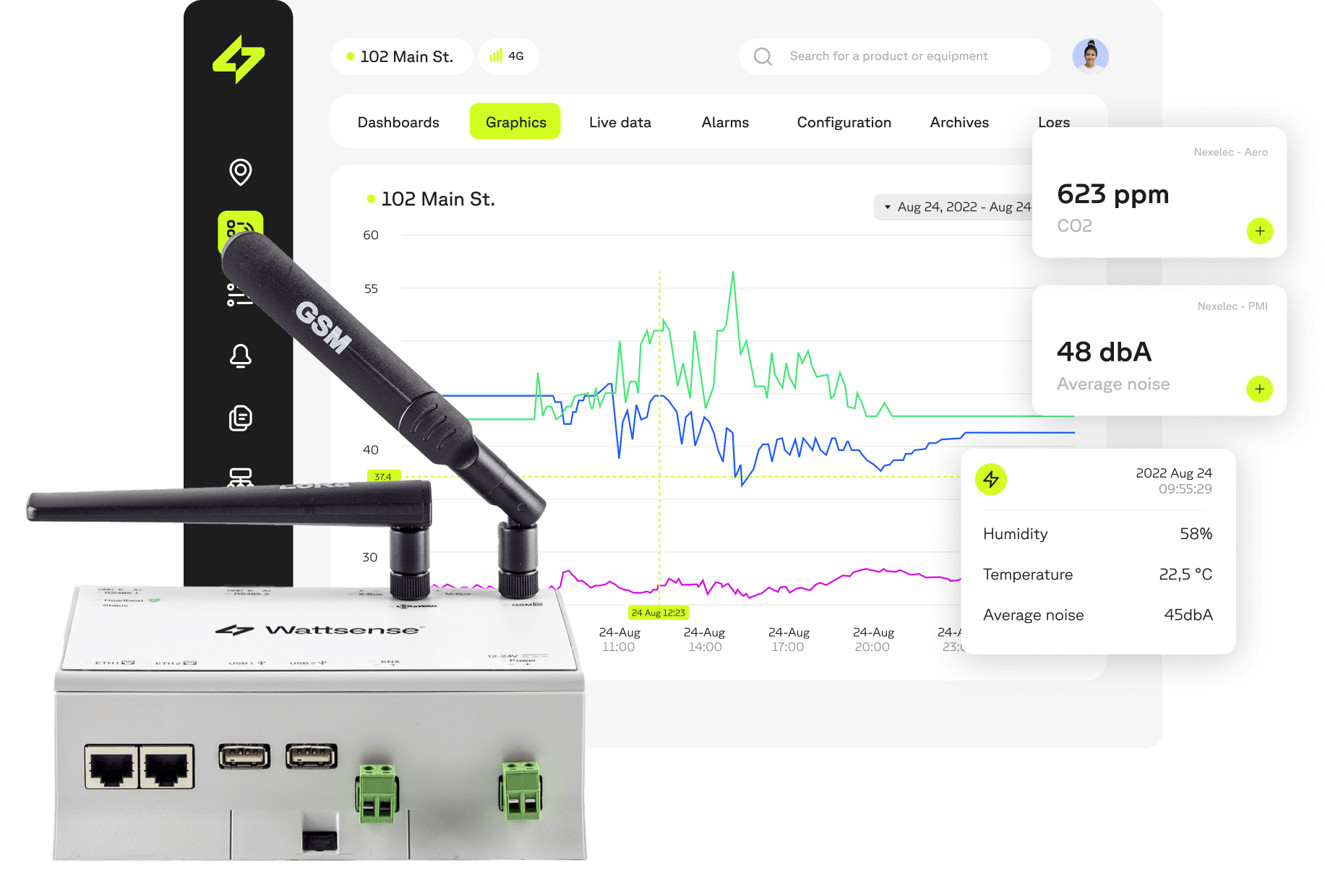VOCs, a definition
Volatile organic compounds (VOCs) are a wide range of chemical substances characterised by their ability to evaporate easily at normal temperature and pressure. Their volatility is such that some VOCs can quickly be found far from where they were emitted, producing direct and indirect impacts on health and the environment.
VOCs are present in many construction and decoration materials and are particularly released into the air in new or recently renovated buildings. They can be of biogenic origin, i.e. natural, or anthropogenic, i.e. from products invented and created by man.
The harmful effects of VOCs on health
By spreading throughout the atmosphere and in nature, VOCs have indirect effects on our health and environmental conditions.
Participating in photochemical reactions in the lower atmosphere contributes to the increase in ozone concentration in the troposphere. This is responsible for the increase in asthma among vulnerable people, children and the elderly.
Ozone also attacks trees, plants, vegetables and fruit. Finally, VOCs, absorbed by clays and silts or directly transferred to rivers, affect the quality of drinking water.
But they also have a more direct effect on our health. Although we do not yet know the precise concentration at which certain VOCs have a lasting effect on our bodies, it has been proven that they can be the cause of numerous illnesses:
- In the short term, prolonged exposure to certain VOCs can cause dizziness, headaches, nausea and irritation of the respiratory tract.
- Over the long term, benzene attacks lipid-rich organs: the liver, nervous system and spinal cord are particularly targeted. Low concentrations of benzene can be mutagenic or even carcinogenic in the medium or long term. Other volatile substances such as trichloroethylene attack the heart; glycol ethers attack the bone marrow and testicles. Many other volatile compounds have carcinogenic effects.
Where are VOCs found?
In 2021, the residential and tertiary sectors alone produced 27% of non-methane VOC emissions in France. VOCs are omnipresent in the built environment. Their presence is particularly marked in new or renovated buildings, where construction and decoration materials such as paints, glues and resins release VOCs into the indoor air. But furnishings are also a source of emissions, even in older buildings.
In the building industry, VOCs are mainly found in:
- Paints
- Varnishes
- Cleaning products
- Chipboard furniture
- Building materials
How can we limit the spread of VOCs in buildings?
To limit exposure to VOCs in buildings, several measures can be taken to avoid harmful or even deleterious pollution.
- When constructing or renovating a building, manufacturers and construction and public works companies can turn to finishing and decorative materials that are labelled as having good air quality (A+ label). Since 2012, construction and decoration products have had to carry an "emissions into indoor air" label, and are rated on a scale from A+ to C.
- The instructions for installing or affixing these materials and products must be followed to the letter.
- An efficient ventilation system is essential to remove the VOCs emitted. This system must be correctly sized and regularly maintained. In the Building Management System, the ventilation of all the rooms and communal areas will be controlled by a supervision tool.
- In order to be able to monitor the quality of the air inside the building on a daily, or even permanent, basis, the installation of air quality sensors is a considerable asset. They provide a real-time warning of the presence of abnormal emissions in a given room.
Monitor VOC levels in your buildings in real-time
The Wattsense solution centralises data from a building's IoT sensors and other technical systems for real-time visualisation and better control of occupant comfort. All without major renovation work, equipment changes or additional complexity.
